Home > Climate News >
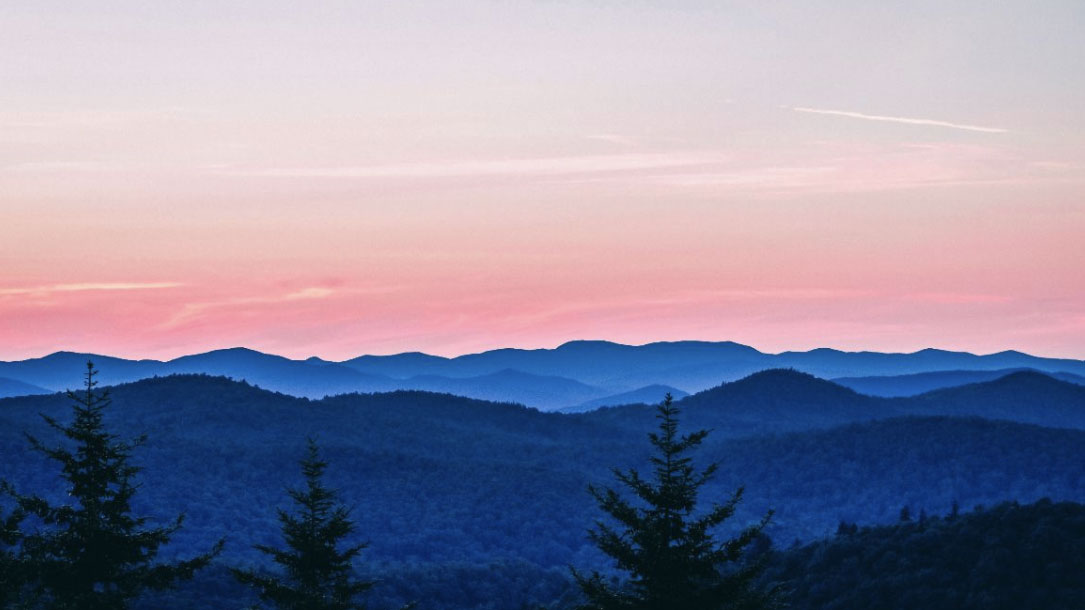
The forest carbon cooperative: A first of its kind
Ten landowners, managing 7,500 acres of forestland in the northern Green Mountains, are part of the first forest carbon cooperative in the US. In partnership with Cold Hollow to Canada, Vermont Land Trust (VLT) has helped these landowners enroll in the voluntary carbon market and find buyers for the carbon credits.
Some businesses, individuals, and institutions buy carbon credits as a way to reduce the impact of the pollution they create. In working together, the landowners were able to spread out the costs of participating in the carbon market, which has been a barrier for owners of small woodlots…

Welcome to the Resilient Land Mapping Tool
Newly available forest carbon datasets allow conservation organizations to estimate the impact of land protection projects on carbon storage and sequestration. Step-by-step guidance walks through how to assess current and future carbon on a single property, or across an entire service area, using data that is freely available through The Nature Conservancy’s Resilient Land Mapping Tool.

Six simple steps: Evaluate the contribution of your land protection project to a low carbon future
Newly available forest carbon datasets allow conservation organizations to estimate the impact of land protection projects on carbon storage and sequestration. The Open Space Institute (OSI) developed this guide to help groups that protect and steward land determine how much carbon a forest stores today, and how much additional carbon could be sequestered by 2050.
The step-by-step guidance walks through how to assess current and future carbon on a single property, or across an entire service area, using data that is freely available through The Nature Conservancy’s Resilient Land Mapping Tool.
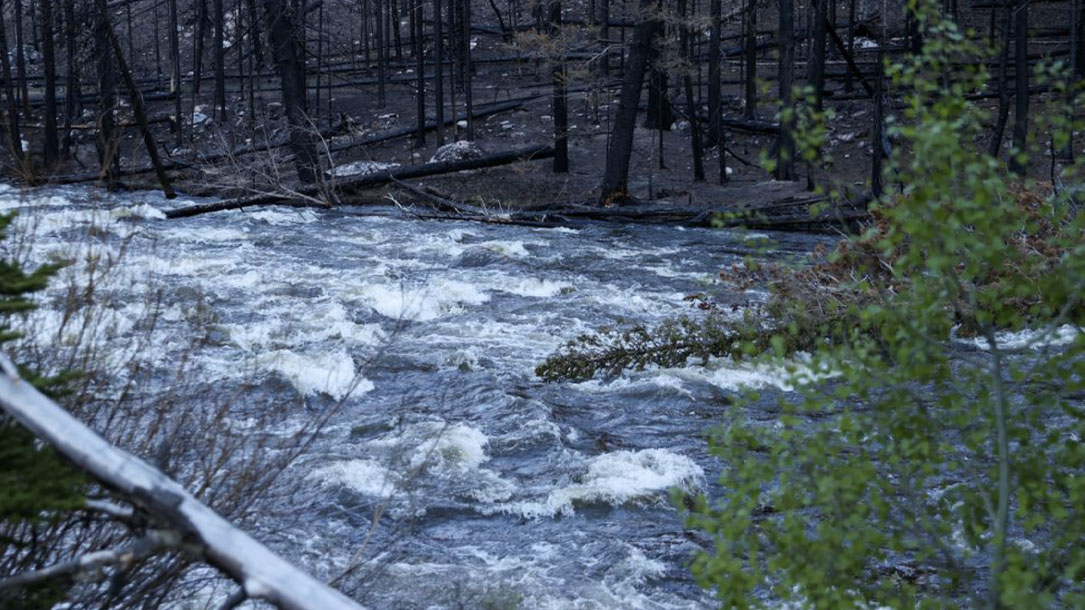
Water quality after a wildfire
“About half of the water supply in the southwestern United States is supplied by water from forests, which generally yield higher quality water than any other source. Approximately 80 percent of the freshwater resources in the U.S. originate on forested land, and more than 3,400 public drinking-water systems are located in watersheds containing national forest lands…”
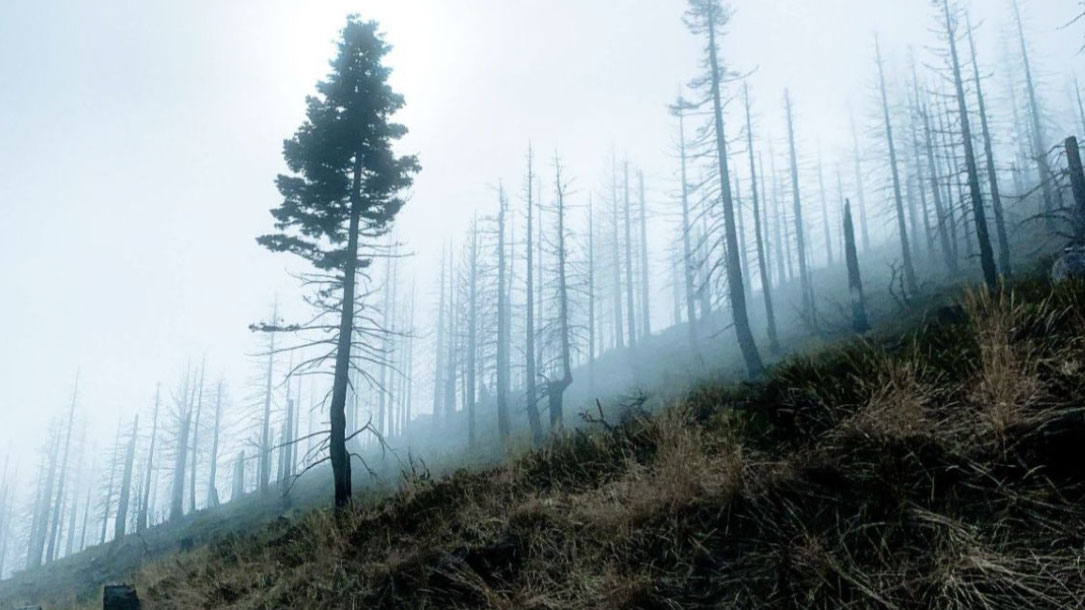
U.S. West faces little-known effect of raging wildfires: contaminated water
Huge forest fires last year denuded vast areas of Colorado’s mountains and left them covered in ash — ash that with sediment has since been washed by rains into the Cache la Poudre River. The river is one of two sources for household water in this college town of 165,000. With more and fiercer storms expected this year, officials worry about water quality worsening beyond what treatment systems can handle.
The problem could apply to watersheds across the U.S. West, which has faced ever-increasing extremes in heat, drought, and wildfire amid climate change in recent years. The United States relies on water originating on forested land for about 80% of its freshwater supply, according to a government report…

Natural climate solutions for the United States
“Limiting climate warming to <2°C requires increased mitigation efforts, including land stewardship, whose potential in the United States is poorly understood. We quantified the potential of natural climate solutions (NCS)—21 conservation, restoration, and improved land management interventions on natural and agricultural lands—to increase carbon storage and avoid greenhouse gas emissions in the United States…”
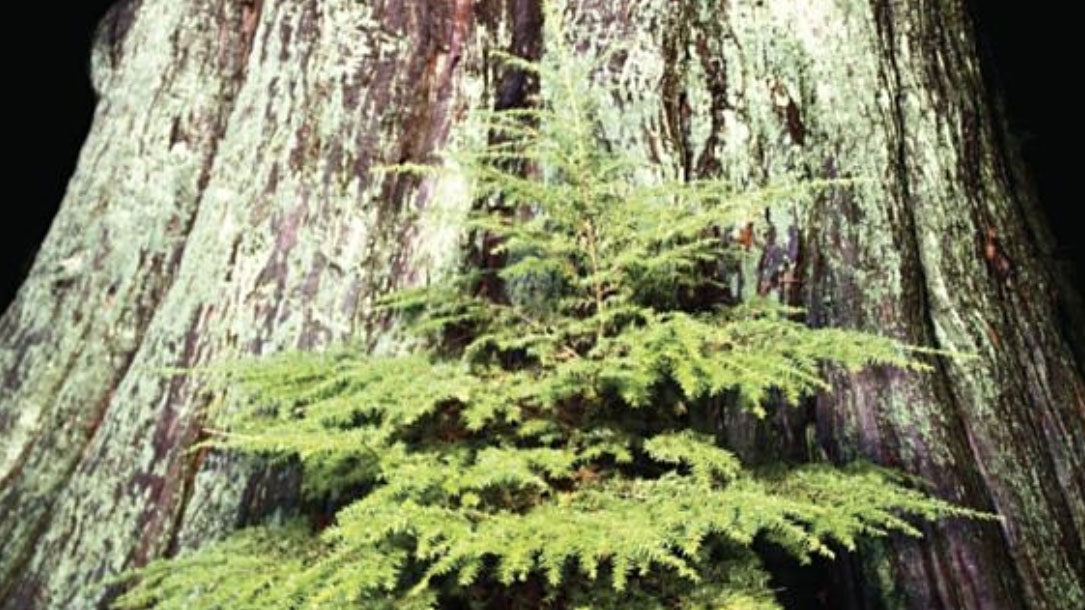
Spotlight: Suzanne Simard
Following up on the Western NY Land Conservancy’s webinar, you might want to read Dr. Simard’s book. Simard writes — in inspiring, illuminating, and accessible ways — how trees, living side by side for hundreds of years, have evolved, how they perceive one another, and how they have learned to adapt their behaviors, recognize neighbors, and remember the past…
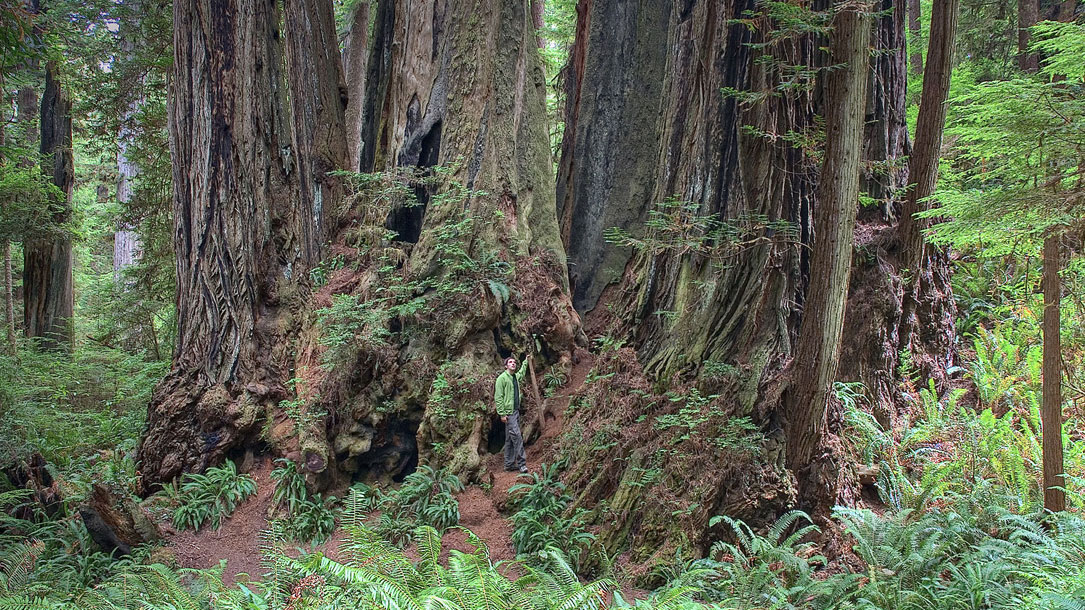
Finding the Mother Tree: An evening with Suzanne Simard
From the world’s leading forest ecologist who forever changed how people view trees and their connections to one another and to other living things in the forest — a moving, deeply personal journey of discovery.
Suzanne Simard is a pioneer on the frontier of plant communication and intelligence; she’s been compared to Rachel Carson, hailed as a scientist who conveys complex, technical ideas in a way that is dazzling and profound. Her work has influenced filmmakers (the Tree of Souls of James Cameron’s Avatar) and her TED talks have been viewed by more than 10 million people worldwide.

Providing economic opportunity for family forest owners
The Nature Conservancy, The American Forest Foundation, and Amazon are working together to help family forest owners bring in income through sustainable forest management, which has been proven to play a significant role in sequestering more carbon.

Perspectives: Natural climate solutions
We are at a critical point for the future of the planet.
We need to reach net zero greenhouse gas emissions by mid-century to keep global temperature increases under 2°C. While most efforts toward this goal have been focused on reducing fossil fuel use, new science shows that natural climate solutions—based on the conservation, restoration and management of forests, grasslands and wetlands—can deliver up to a third of the emission reductions needed by 2030…












